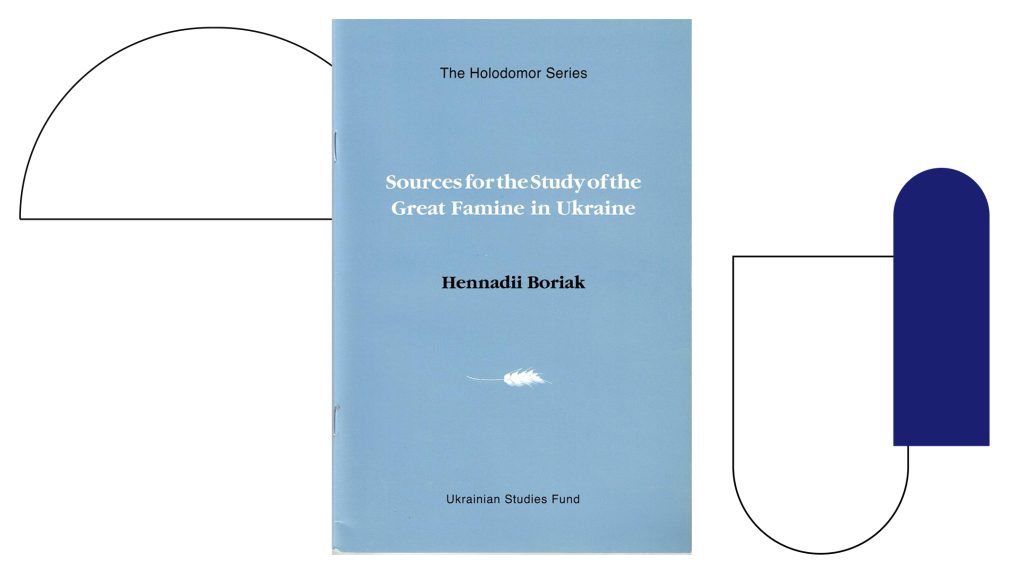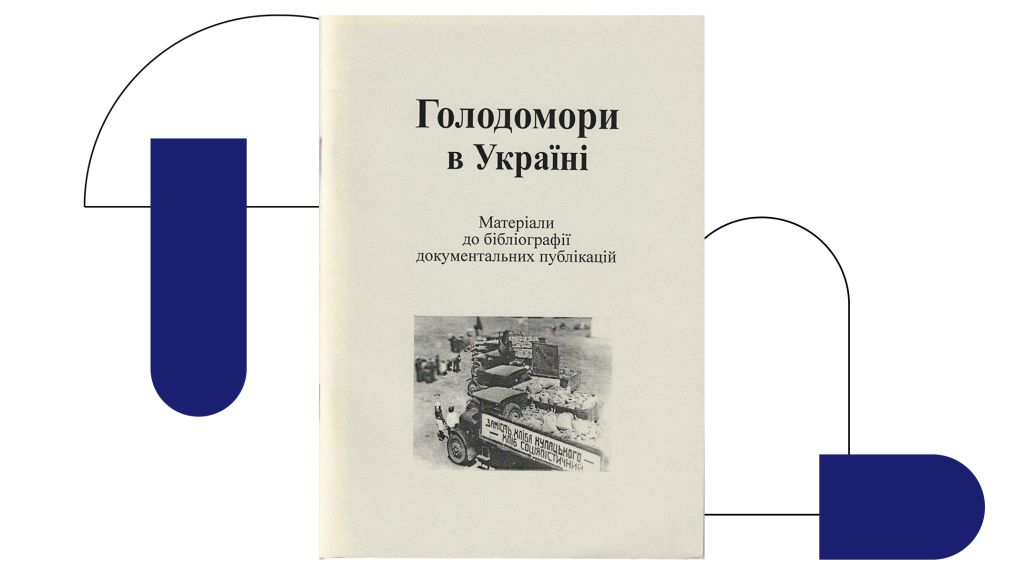Honoring historical memory and conveying to the world information about the victims of the artificial Famine created by Soviet Moscow in Ukraine in 1932-1933, has been and remains one of the priorities of the Ukrainian Studies Fund. In 1980, on the eve of the fiftieth anniversary of this terrible tragedy of the Ukrainian people, the USF initiated a fundraising campaign to support a broad range of activities and academic research projects about the Holodomor. Such research activities aimed to create and spread interest in the Great Famine within the non-Ukrainian community through both academic and popular publications. In order to become a significant endeavor of international significance, it was imperative for the Holodomor to become relevant in the memory of all Ukrainians in the diaspora. More specifically, the project intended to assist in comprehending the Great Famine’s significance vis-à-vis the more-than-one-thousand-year history of Ukrainians.
Holodomor Commemoration Project
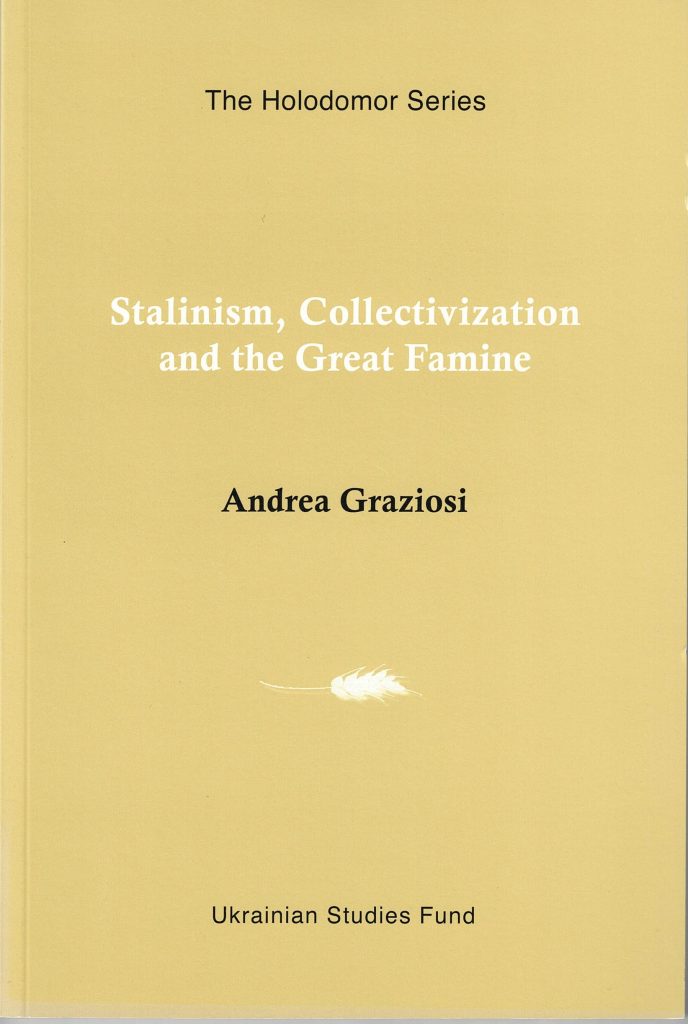
The financial foundation created by hundreds of generous USF donors enabled the fruitful undertaking of specific, result-producing projects: engaging researchers, organizing seminars, public speaking events and exhibitions of historical photographs and documents, visiting archival repositories for research purposes, delivering academic lectures, writing academic monographs, etc.
The USF initiated the production of an authoritative, English-language academic monograph on the Holodomor, namely “The Harvest of Sorrow” by Dr. Robert Conquest in 1986. Furthermore, the book’s publication by prestigious publishing houses in England and America was the direct result of the USF’s steadfast commitment and effort. In addition, as a HURI research fellow (1984-86), Dr. James Mace became a devoted proponent regarding projects about the Holodomor, who faithfully bore witness to this Ukrainian catastrophe until the end of his life. Dr. Mace delivered lectures on the Holodomor in many countries, published numerous articles, and subsequently served as the executive director of the U.S. Commission on the Ukraine Famine, in Washington, D.C. (1986-90).

In 1985, Holodomor survivor Myron Dolot published his eyewitness account “Execution by Hunger”, under the auspices of the USF. The development of the Holodomor as a concept, per se, was an equally important and challenging task facing its researchers. As a result, Harvard’s Slavic Department librarian and Ucrainica specialist, Oksana Procyk, co-organized a memorial exhibition on the Holodomor at Harvard’s Widener Library in 1983 and compiled a supplemental catalog “Famine in the Soviet Ukraine”, which was published in 1986 in Cambridge, MA and became the first fundamental publication illustrating the continuity of the history of the Holodomor from 1917 to 1983. This publication demonstrated the fact that persecution by starvation was a direct consequence of other criminal measures against Ukrainians aimed at their total physical extermination as a nation.
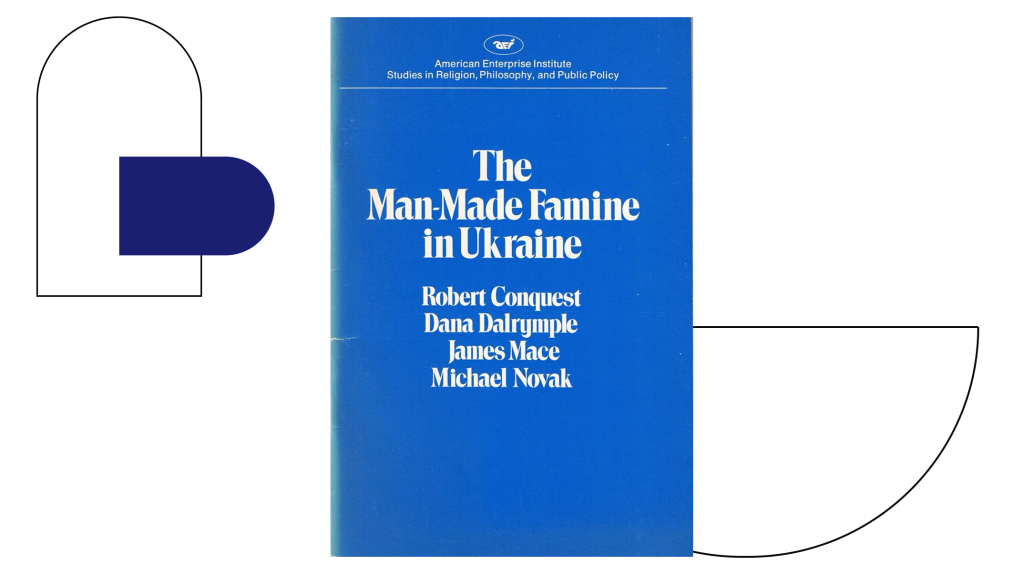
If, at the outset, one of the key tasks in the study and dissemination of information about the Holodomor was to consolidate the source base and present the issues surrounding the Holodomor to the American audience, then after 1991, the main efforts were directed towards the publication of materials in order for Ukrainians in Ukraine itself to understand the phenomenon of the Holodomor; this topic was entirely banned or completely distorted during the Soviet era. Such a policy of censorship deformed the historical memory of the Holodomor in Ukraine itself. In 2008, with USF support, the concept of a Holodomor Atlas arose as a source- and demographic-based publication, featuring a clearly defined map of the territories affected by the famine. In addition, the proceedings of international conferences dedicated to the Holodomor, which took place at HURI, were being published on a regular basis. Thus, an international conference hosted by HURI in 2008, revealed the demographic aspect of the Holodomor on a considerably wide scale. Subsequently, such academic initiatives and responsibilities were actively assumed by the Institute of Demography in Ukraine.
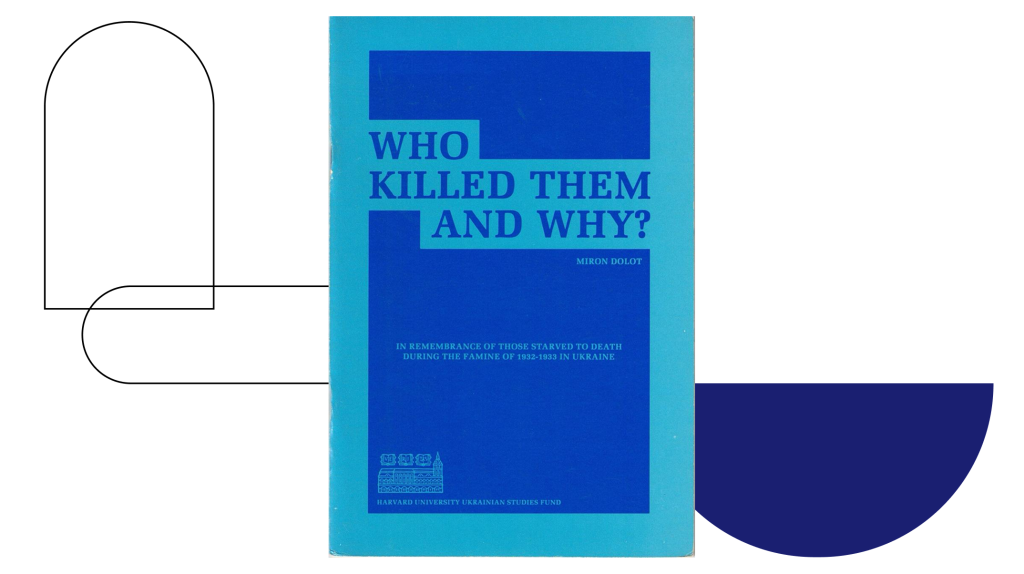
Among the numerous publications about the Holodomor which were published due to the support of the Ukrainian Studies Fund, it is worth mentioning Anne Applebaum’s academic monograph “Red Famine. Stalin’s War On Ukraine”, which appeared in print in 2017 and received broad acclaim. Based on archival documents, diaries, oral testimonies, memoirs, research by Ukrainian and international scholars, the author testifies that the artificial famine in Soviet Ukraine and repressions against the Ukrainian intelligentsia in the early 1930s became components of the unified intention of Stalin and his henchmen. Furthermore, Ms. Applebaum puts forth the argument that understanding the causes, mechanism and consequences of the Holodomor can help explain the interpretation of the common Soviet past, as well as the current Ukrainian-Russian relations.
